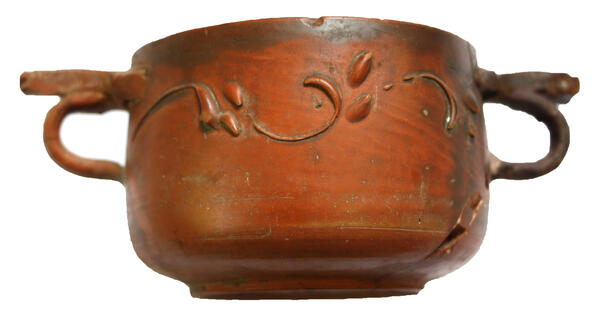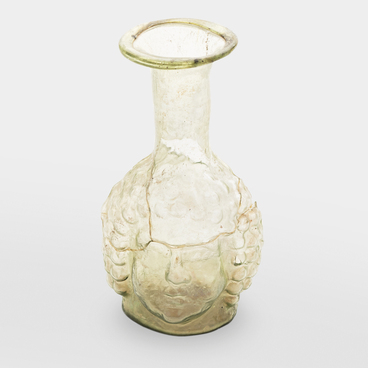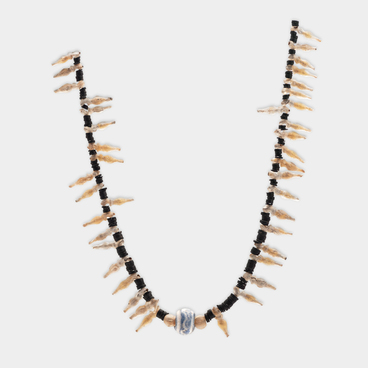One of the most common types of ceramics found in Tanais from the early centuries of the common era is red lacquerware.
The finds of the earliest red lacquerware at the Nedvigovka settlement date back to the 1st century BCE and are relatively rare. However, according to the doctor of history, professor Tatyana Nikolayevna Knipovich, who was a long-term researcher at the Institute of Archaeology of the USSR Academy of Sciences, the region features a variety of shapes of red lacquerware. For many years, Tatyana Knipovich was actively involved in excavations at Berezan, Olbia, and the Bosporan cities, towns, and settlements in the Lower Don region. She began publishing her works in the 1930s and made significant contributions to the archaeological study of ancient colonies in the Northern Black Sea Region.
Some of the characteristic finds of ceramics in Tanais are small and low vessels with steep sides on an annular tray. In 1966, a completely preserved kantharos with barbotine design was discovered in a Tanais grave. Fragments of such vessels have been found both in the necropolis and the settlement. In a broad sense, barbotine is a decorative technique where three-dimensional figures are applied to the surface of a ceramic object. These figures can be created either simultaneously with the object or made separately and then attached afterward. The word “barbotine” comes from French and means “ceramic slip” or “a mixture of clay and water”. It is used to decorate or shape ceramic products. In ancient times, the term “barbotine” was not used, but the technique was already known to craftsmen.
The exhibition of the Tanais Museum-Reserve features a cylindrical kantharos with a rounded and thin rim, standing on a low, inward-sloping circular tray. The handles are small, loop-shaped, oval in cross-section. At the top, they feature rectangular attached elements with concave sides. In the middle of the body, at the level of the handles, there is an ornamental frieze in the form of separate curls and oval leaves between them. These decorative elements were added using the barbotine technique. The lacquer is orange and of good quality. Similar kantharoi were produced in Asia Minor, specifically in Pergamon.



